Network Protocols
In this activity students consider how different methods of communication operate successfully. By looking at rules and procedures in place, students are introduced to communication protocols. By working through a role-play scenario, pupils test their own protocol operating in an unreliable environment similar to that found in packet switching on the Internet, specifically, TCP/ IP.
Additional details
| Year band(s) | 7-8 |
|---|---|
| Format | Web page |
| Core and overarching concepts | Digital systems |
| Australian Curriculum Digital Technologies code(s) |
AC9TDI8K02
Investigate how data is transmitted and secured in wired and wireless networks including the internet |
| Keywords | Internet, Network, Systems thinking, Protocol, Data, Information |
| Organisation | University of Canterbury, New Zealand |
| Copyright | Creative Commons BY-NC-SA 4.0 |
Related resources
-
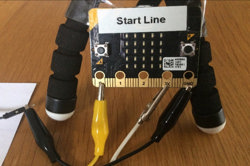
Creating a digital start line and finish line with micro:bits (Years 7-8)
The following activity suggests one-way Digital Technologies could be integrated into a unit where vehicles are being designed and produced.
-
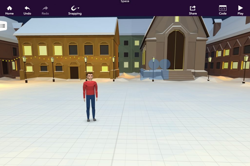
VR creation with Delightex: The Basics
Learn the basics and get ready to use Delightex.
-
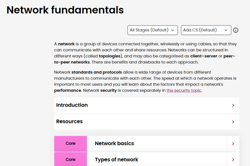
Network fundamentals
This comprehensive online guide, provides a background to the fundamentals of a network. Network standards and protocols allow a wide range of devices from different manufacturers to communicate with each other.
-
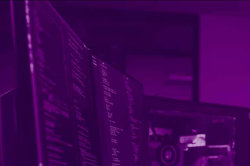
Emulating nature's perfect pursuit
A case study briefly describing an AI project where scientists have adapted dragonflies’ neuronal processes into a unique algorithm that emulates the insect’s phenomenal visual tracking capability.
-
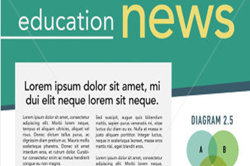
Home/School communications
In this lesson sequence, students use big data sets and school surveys, to design (and as an extension activity, make) a new digital communication solution for the school.
-
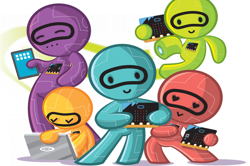
Networking with the micro:bit
This downloadable free book presents a series of activities to teach the basics of computer networks. While you may not learn all aspects of computer networking, these activities provide a useful selection and serve as a good starting point to cater for your student's needs, skill and knowledge.
-

Home automation: General purpose programming
Investigate home automation systems, including those powered by artificial intelligence (AI) with speech recognition capability.
